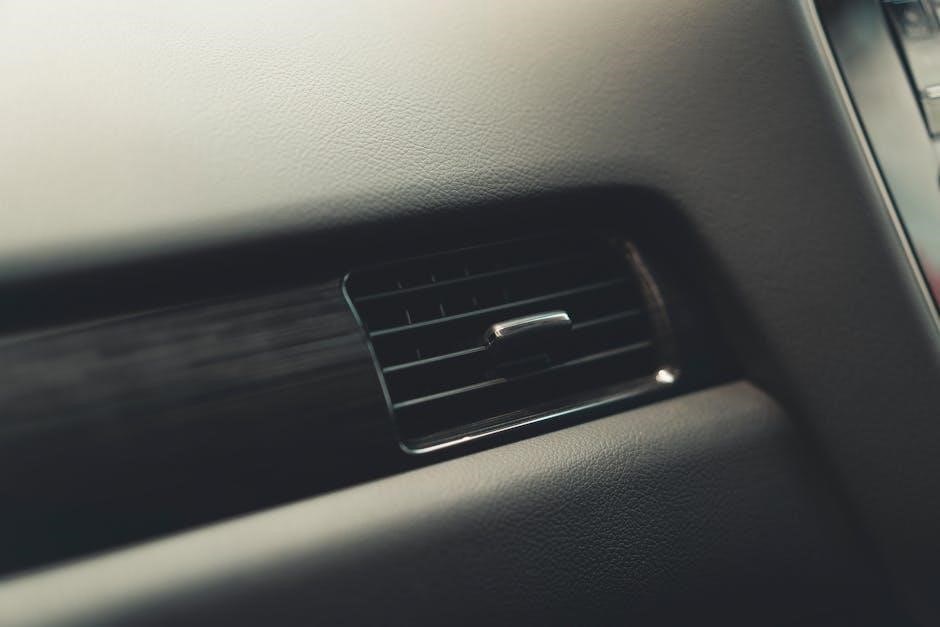quality control roles and responsibilities pdf
Quality control roles involve managing daily inspections and coordination with teams to ensure construction quality meets specifications and industry regulations, as outlined in quality control roles and responsibilities pdf documents online always.
Overview of Quality Control
Quality control is a crucial aspect of any organization, ensuring that products or services meet the required standards and specifications. According to various quality control roles and responsibilities pdf documents available online, quality control involves a systematic approach to monitoring and evaluating processes to identify areas for improvement. This includes conducting regular inspections, testing, and analysis to detect defects or non-conformities. The goal of quality control is to prevent defects and errors, rather than simply detecting them. By implementing effective quality control measures, organizations can reduce costs, improve efficiency, and enhance customer satisfaction. Quality control is an ongoing process that requires continuous monitoring and evaluation to ensure that products or services meet the required standards. Effective quality control also involves training and awareness programs for employees to ensure that they understand the importance of quality control and their roles in maintaining it. Quality control is essential for building trust and reputation with customers.

Key Responsibilities of Quality Control Engineers
Quality control engineers oversee daily inspections, coordinate teams, and ensure construction meets specifications and industry regulations always online.
Conducting Inspections and Tests
Conducting inspections and tests is a crucial aspect of quality control, as it enables engineers to assess the quality of products or construction projects. According to quality control roles and responsibilities pdf documents, inspections can be conducted on a daily basis to ensure that construction meets specifications and industry regulations. These inspections may involve examining products, using specialized equipment to test materials, and reviewing documentation to ensure compliance with standards. Quality control engineers must also coordinate with teams to conduct inspections and tests, and provide accurate and timely reporting of results. This involves managing and updating records, and communicating findings to relevant stakeholders. By conducting regular inspections and tests, quality control engineers can identify and document defects or deviations, and take corrective action to ensure that products or projects meet quality standards. Effective inspection and testing procedures are essential for ensuring the quality and safety of products and construction projects.

Quality Reporting and Record Keeping
Quality control engineers manage and update records, providing! accurate reporting, using quality control roles and responsibilities pdf guidelines always online.
Managing Quality Reports and Records
Managing quality reports and records is a critical aspect of quality control, as it ensures that all quality-related data is accurately documented and easily accessible. This involves maintaining detailed records of inspections, tests, and other quality control activities, as well as generating reports that summarize quality performance and identify areas for improvement. Quality control engineers use quality control roles and responsibilities pdf guidelines to manage and update records, providing accurate and timely reporting to stakeholders. Effective record-keeping is essential for identifying trends, tracking progress, and making informed decisions about quality improvement initiatives. By using quality control roles and responsibilities pdf documents, quality control engineers can ensure that their record-keeping practices are aligned with industry best practices and regulatory requirements. This helps to minimize the risk of non-compliance and ensures that quality control activities are properly documented and verifiable. Quality control roles and responsibilities pdf documents provide a framework for managing quality reports and records.

Ensuring Compliance with Industry Regulations
Quality control engineers ensure compliance with industry regulations and safety standards, using quality control roles and responsibilities pdf guidelines to verify adherence always and properly.
Identifying and Documenting Defects
Identifying and documenting defects is a critical aspect of quality control, as outlined in quality control roles and responsibilities pdf documents. This involves examining products, materials, and processes to detect any deviations or non-conformities. Quality control engineers must be vigilant in identifying defects, as they can have significant consequences on the overall quality of the product or service. Once defects are identified, they must be properly documented, including details of the defect, its location, and any relevant measurements or test results. This documentation is essential for tracking and resolving defects, as well as for maintaining accurate records of quality control activities. By identifying and documenting defects, quality control engineers can help ensure that products or services meet the required standards, and that any necessary corrective actions are taken to prevent future defects. Effective defect identification and documentation are essential for maintaining high-quality products and services.

Implementation of Quality Control Standards
Quality control standards implementation involves setting protocols and procedures to ensure product quality and industry regulation compliance always using quality control roles and responsibilities pdf guidelines online effectively.
Mitigating Risk during Construction
Quality control engineers play a crucial role in mitigating risk during construction by identifying potential hazards and implementing measures to prevent them. This involves conducting regular inspections and tests to ensure that materials and equipment meet quality standards; By doing so, they can prevent defects and deviations that could lead to safety risks or project delays. Effective risk mitigation also involves communicating with construction teams and stakeholders to ensure that everyone is aware of potential risks and takes necessary precautions. Quality control roles and responsibilities pdf documents provide guidelines on how to mitigate risk during construction, including procedures for identifying and documenting defects, and implementing corrective actions. By following these guidelines, quality control engineers can help ensure that construction projects are completed safely and efficiently. Quality control engineers must be proactive in identifying and mitigating risks to ensure successful project outcomes, using quality control roles and responsibilities pdf as a reference.
